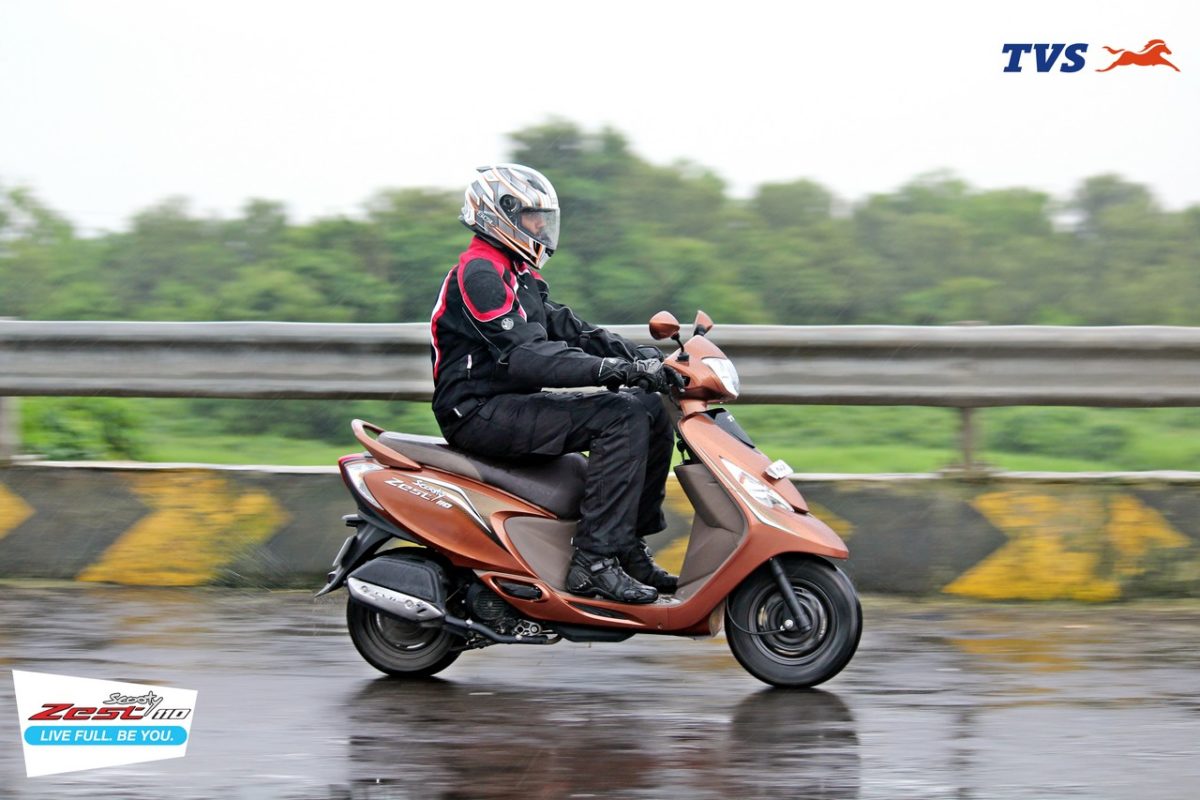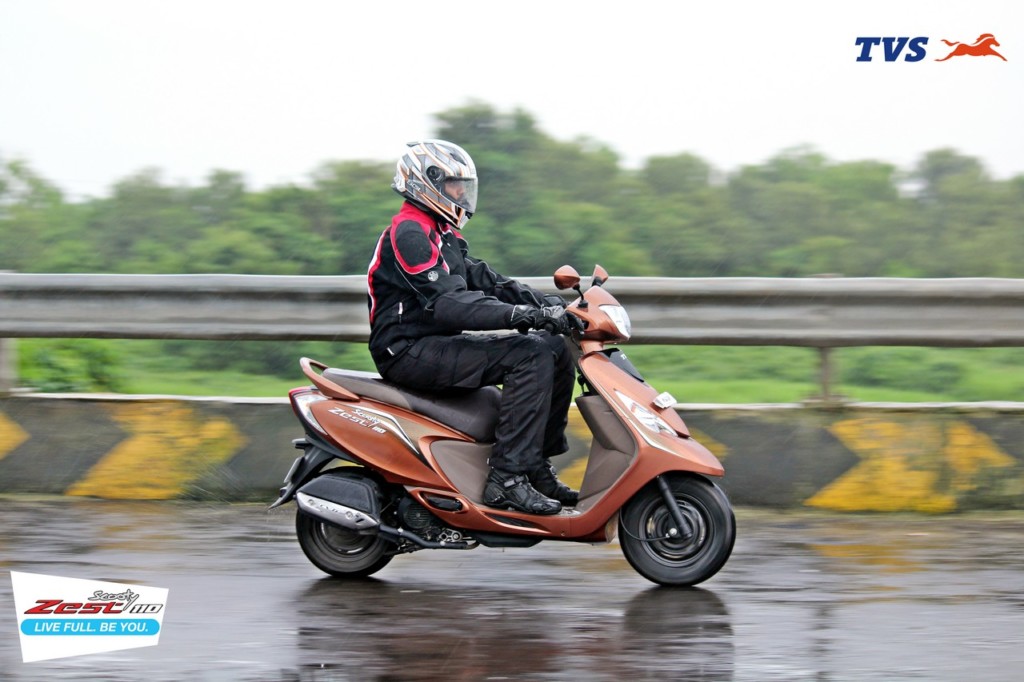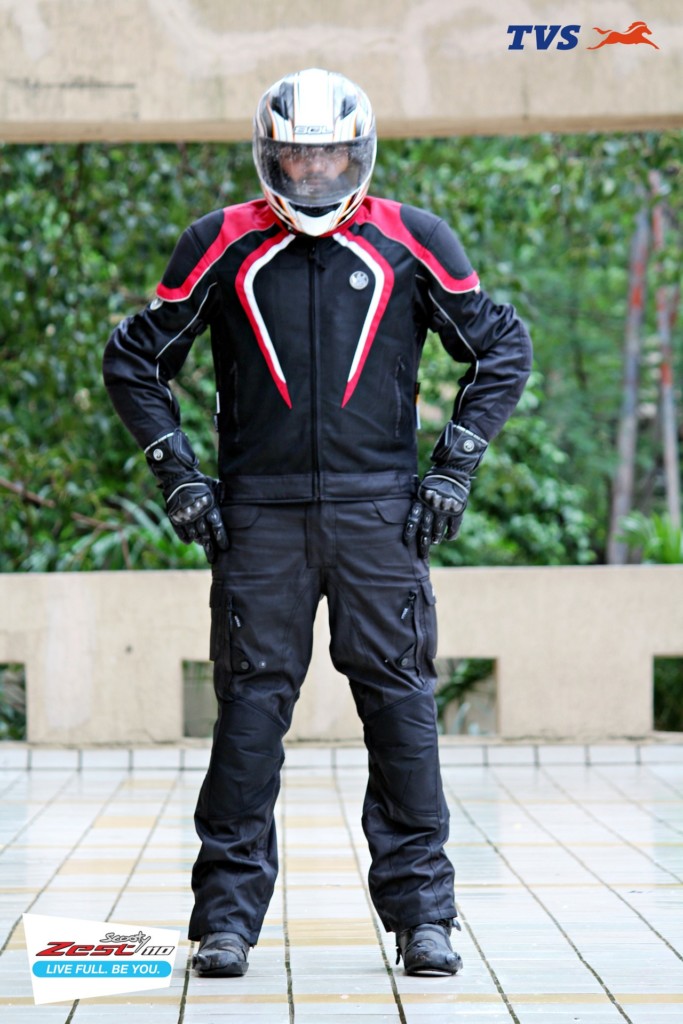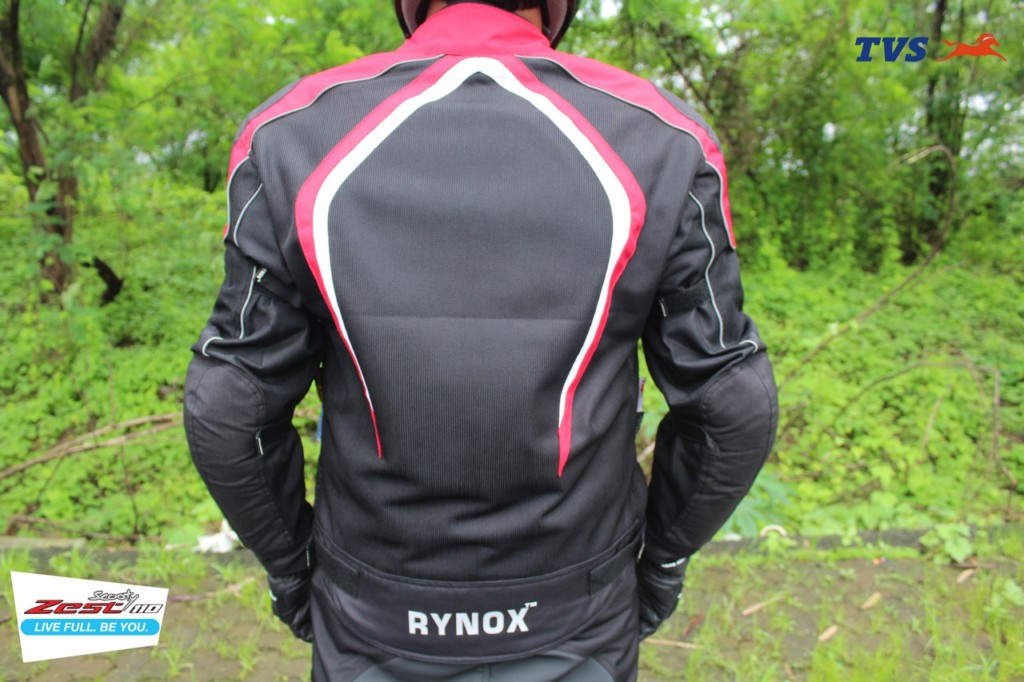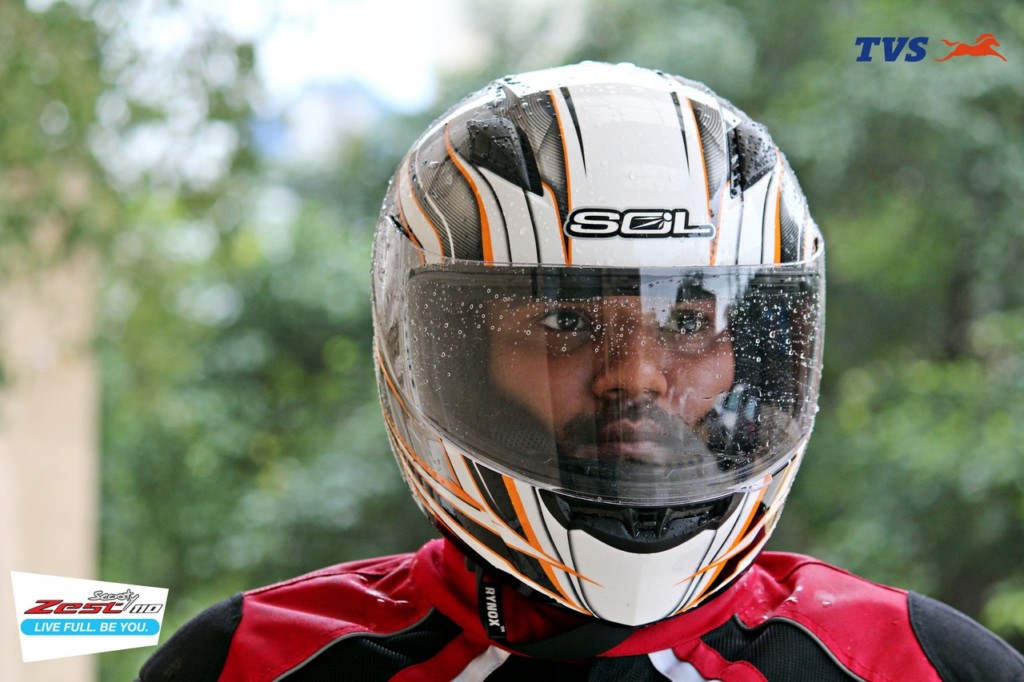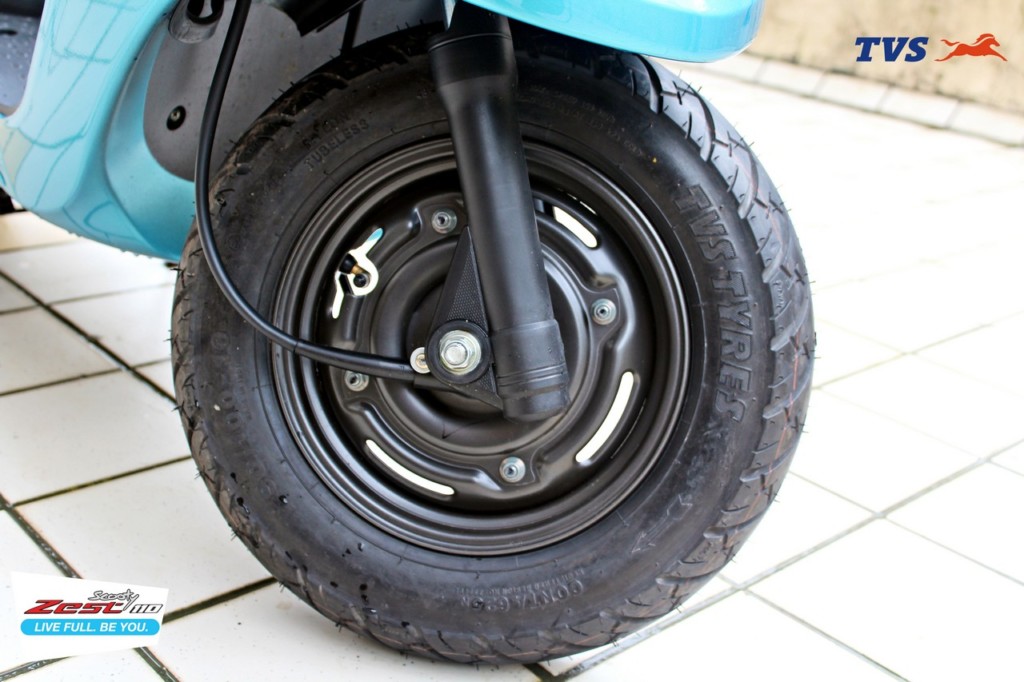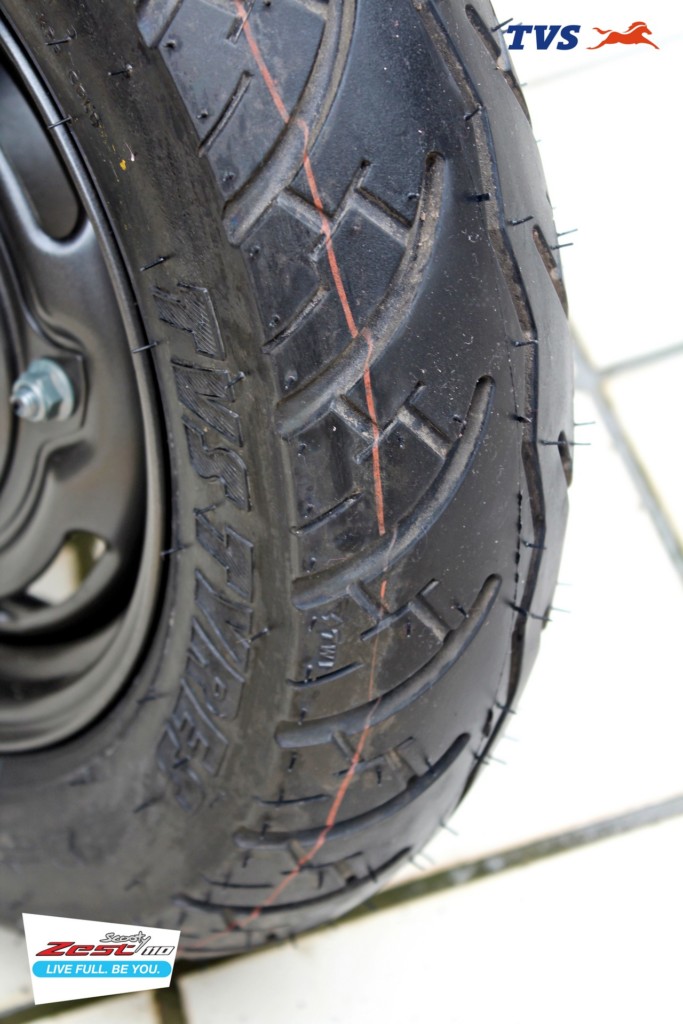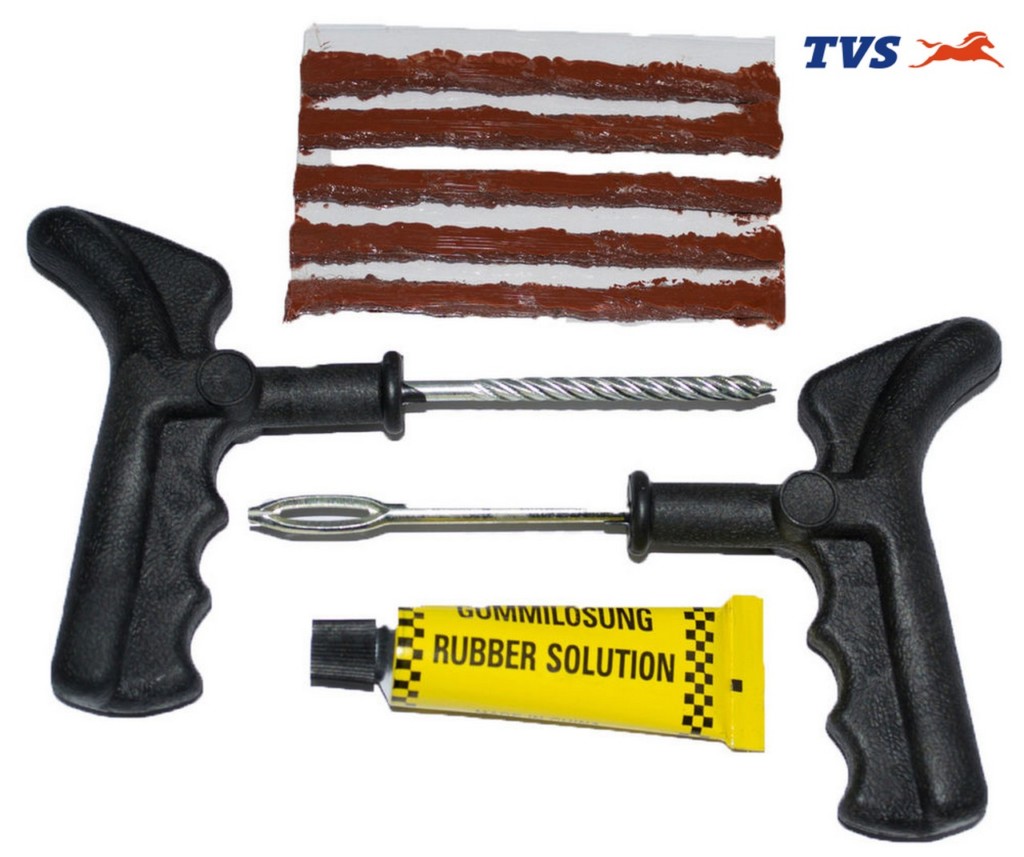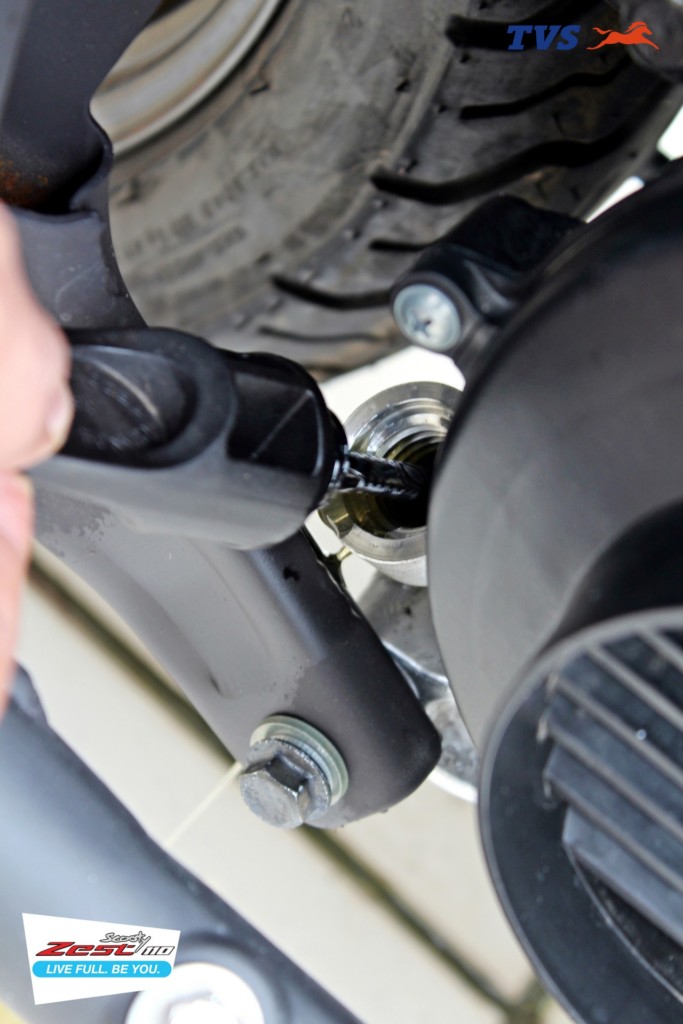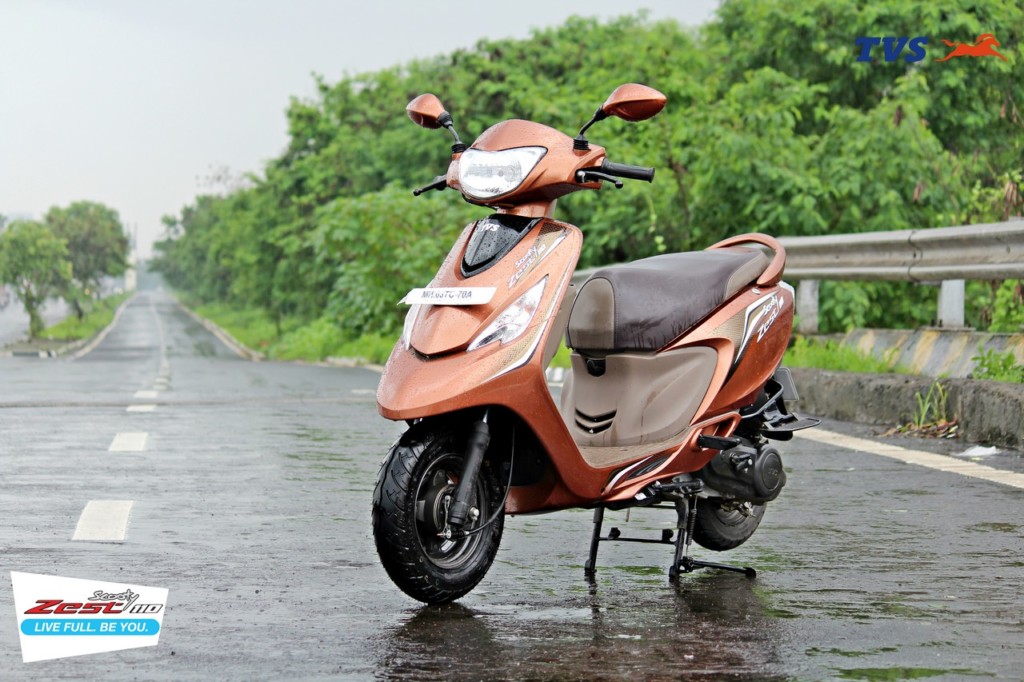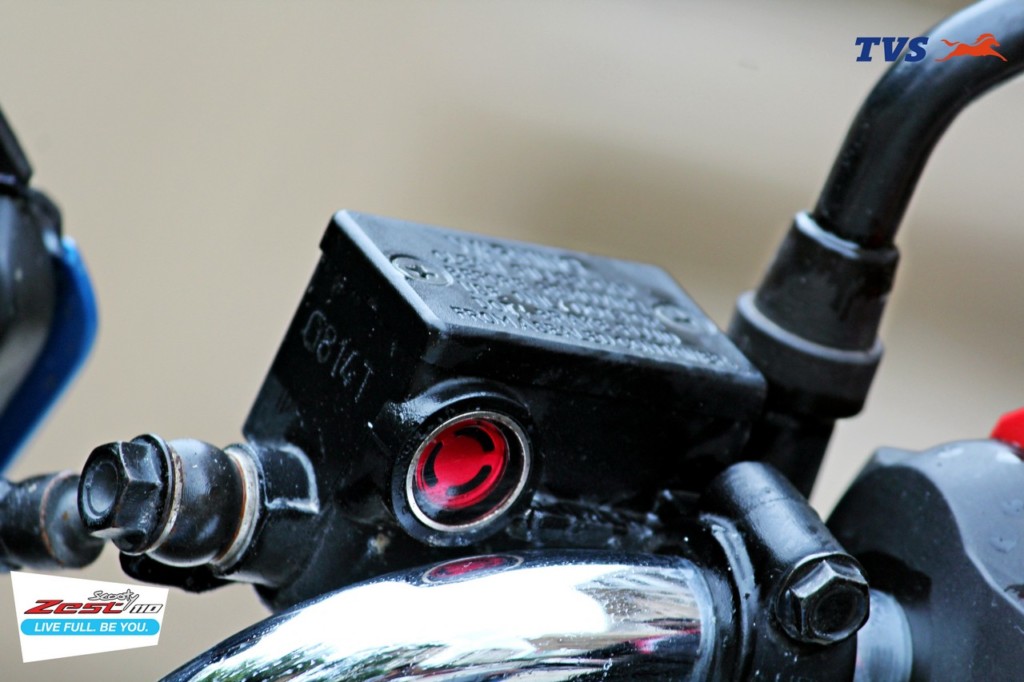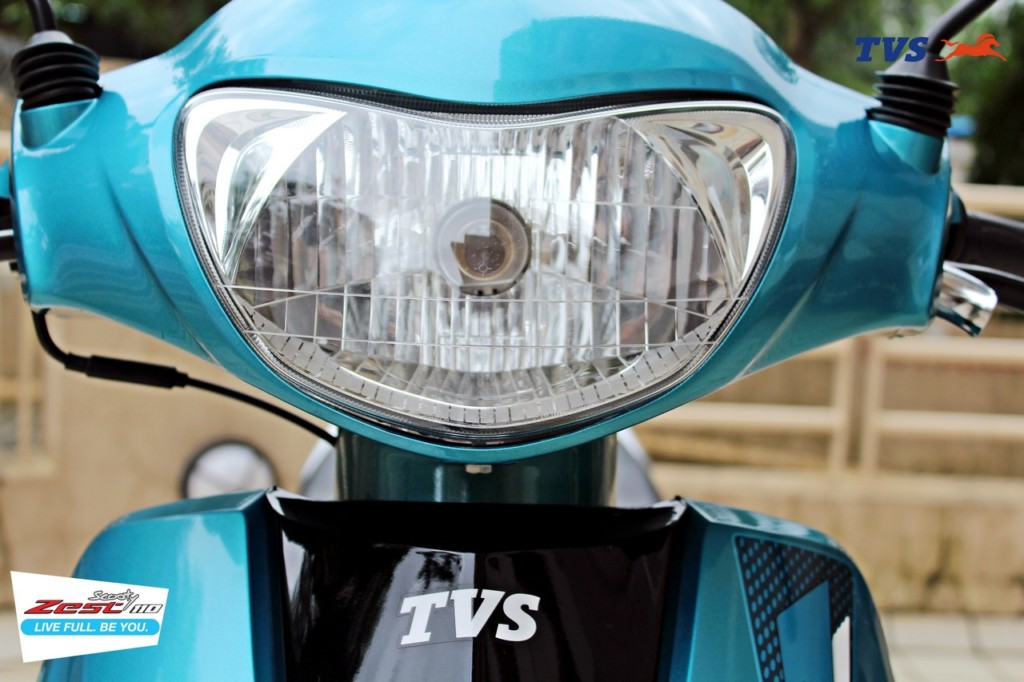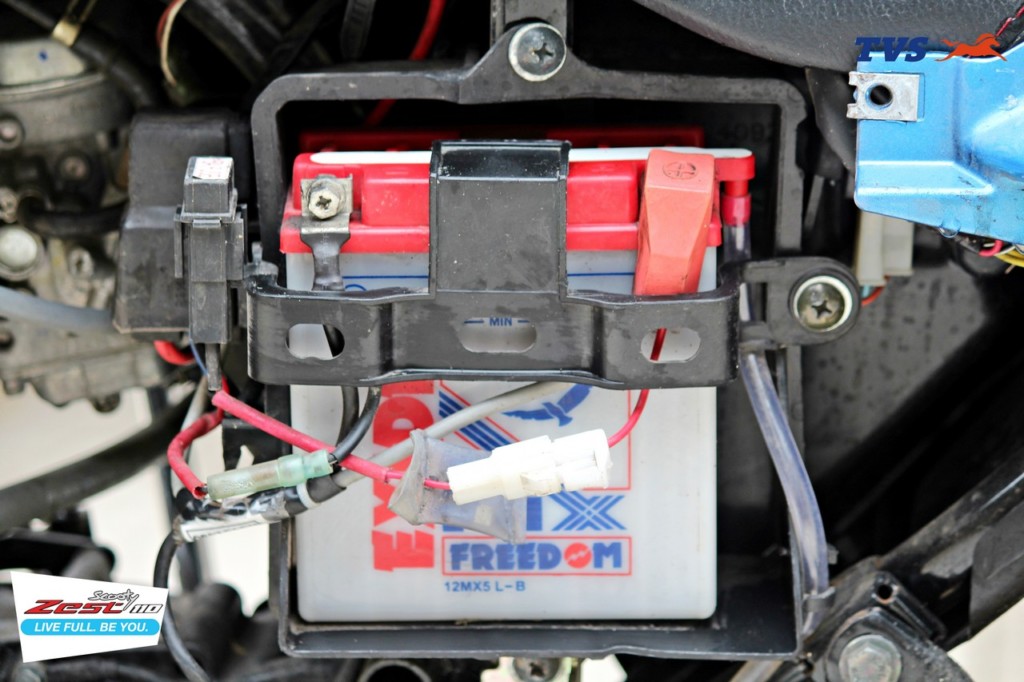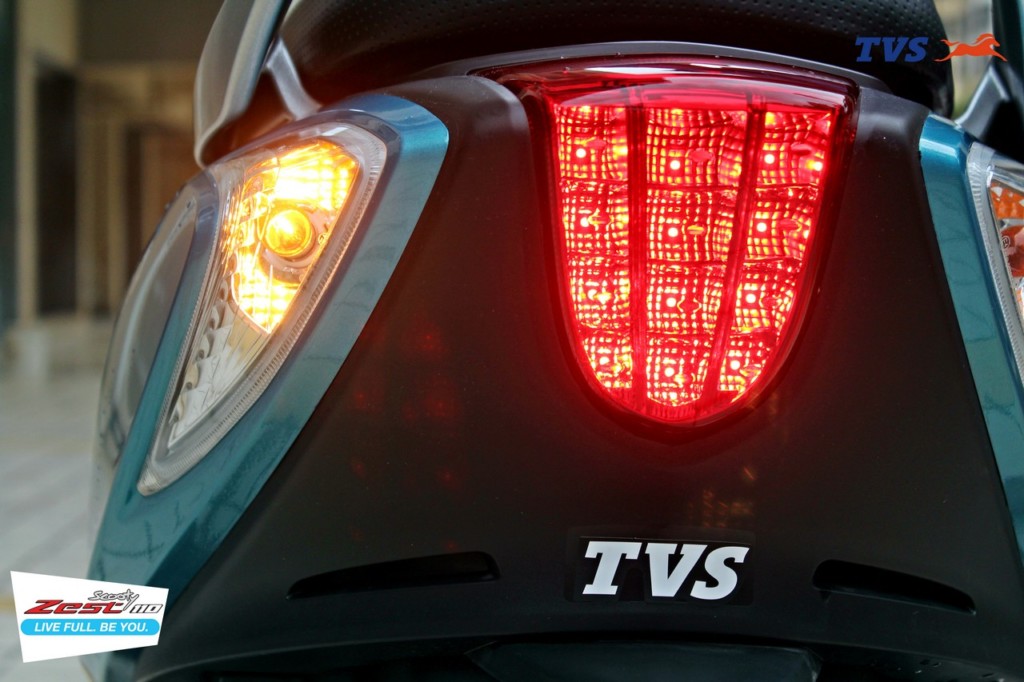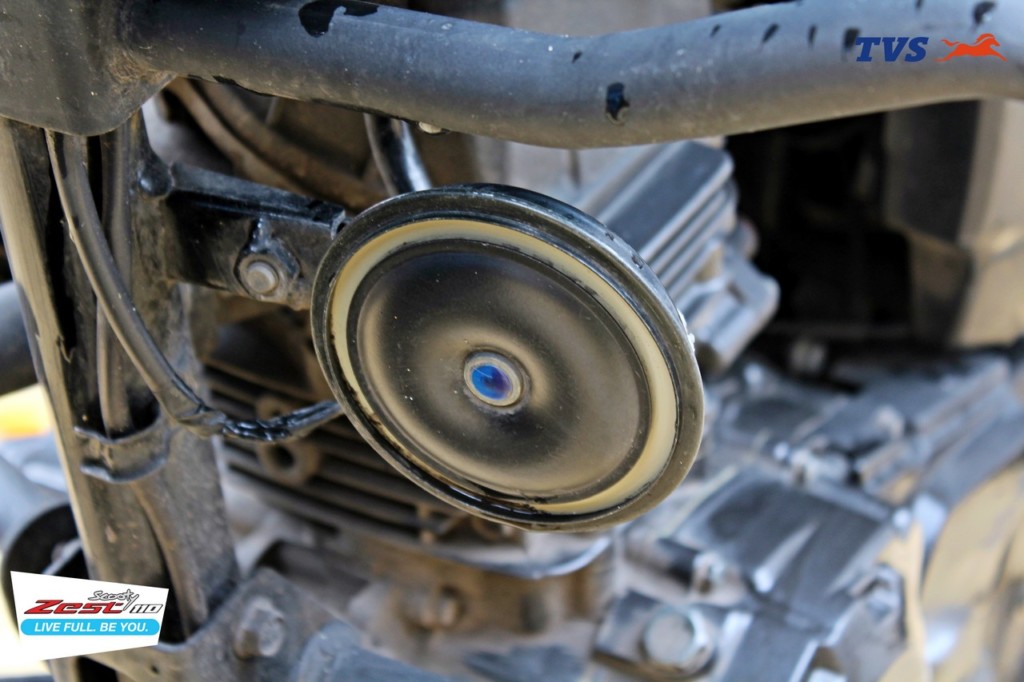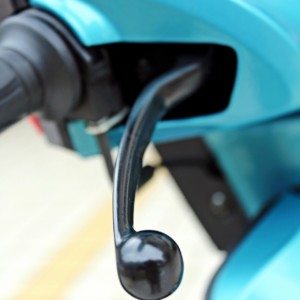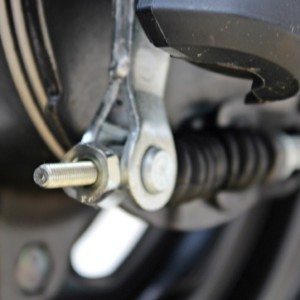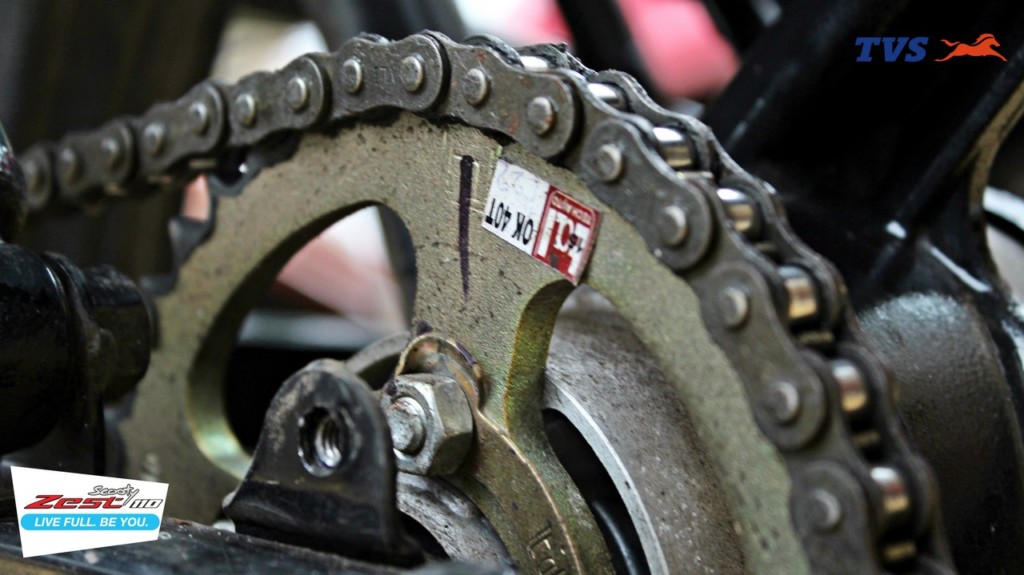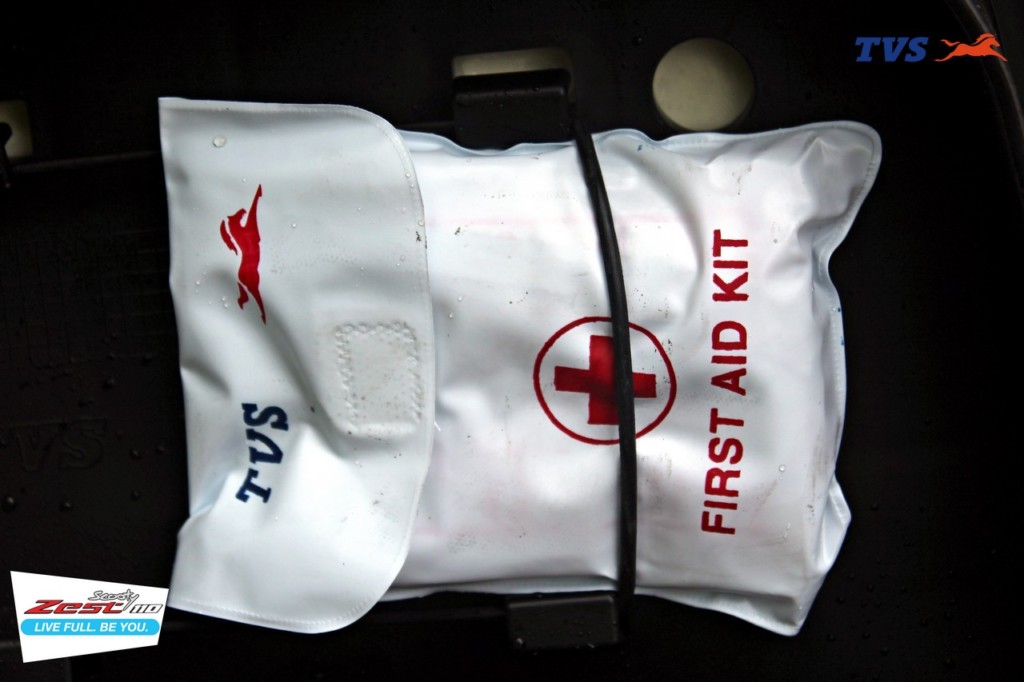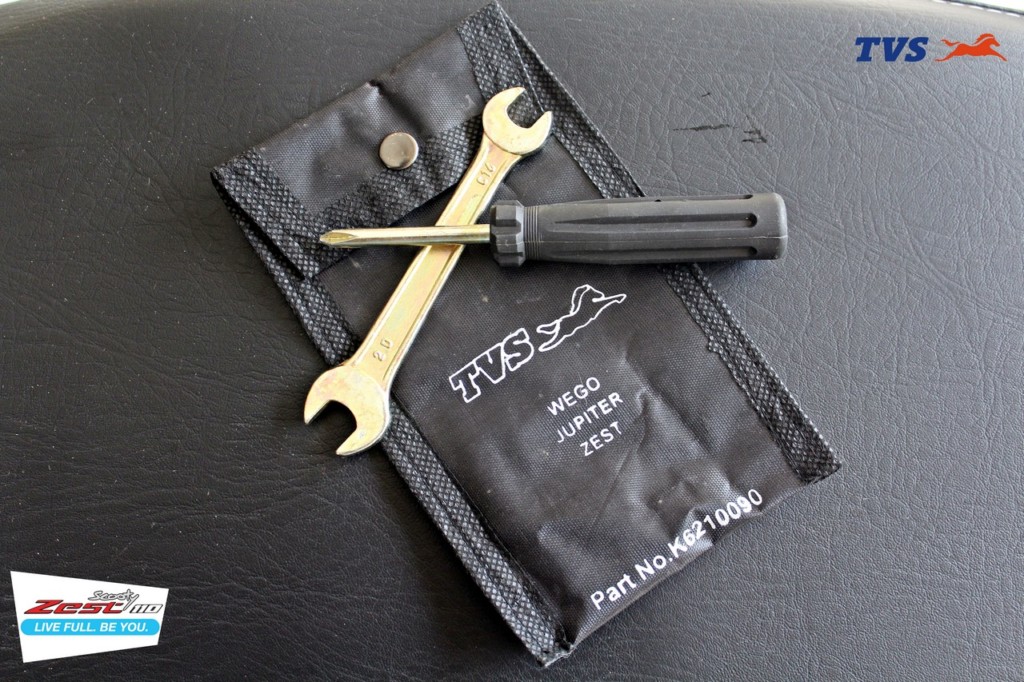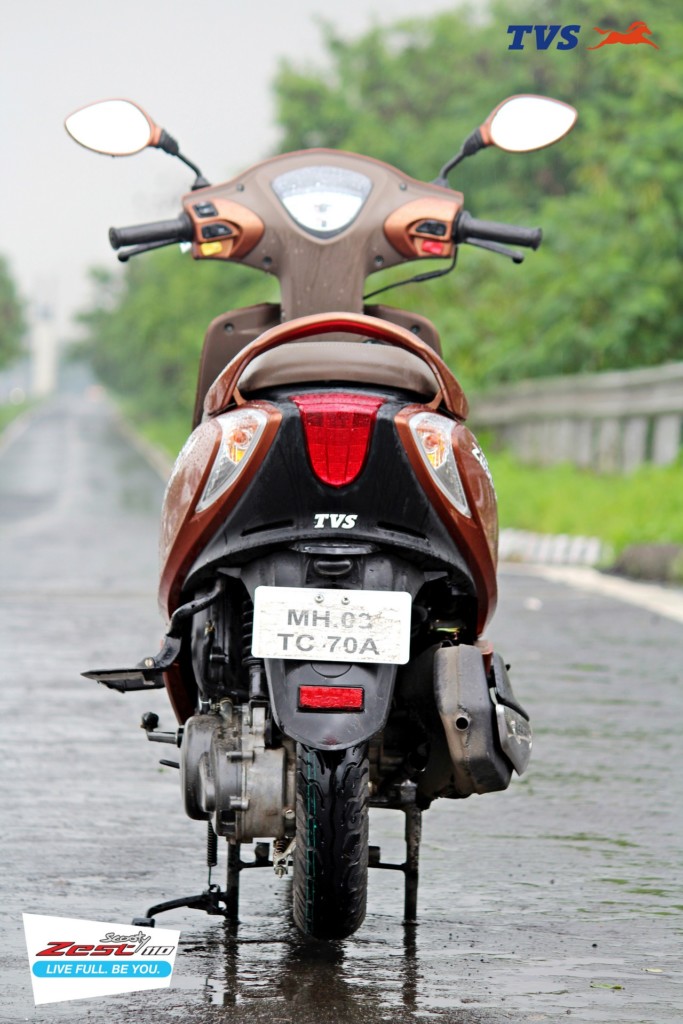It’s indeed our pleasure at Motoroids to have this road-safety oriented Get on the Road initiative (#GetOnTheRoad) rolling into its second installment. In the first installment of the series, we presented to you the remarkable story of Anam Hashim, the petite stunter girl from Lucknow rode all the way to the highest motorable road in the world in Khardung La on her Scooty Zest 110. In the process, she inspired thousands to follow their passion for adventure , regardless of the size of the two-wheeler they own. So all those of us who think that we need a big, tough machine to pursue our dream of touring on two wheels, need to just shun all the fears, and go out and explore the world.
Taking cue from Anam’s inspirational ride, we want to prepare everyone who is gearing up for a long ride. The second installation of the Get On the Road series, supported by TVS Scooty Zest 110, will compile for you a basic checklist that you need to tick off before setting off for that fun-filled ride. This list would help you enjoy your ride, and prevent any untowardly incidents.
Check out some more articles from the series:
- Riding Off the Road : Some Simple Techniques and Tips to Follow
- Is Age A Bar For Riding? Three Women Riders Share Their Perspectives
- Get on the Road : Riding in the Hills – Techniques and Tips
- Riding Solo in India : A Woman Rider’s Perspective
- Women Riding Groups in India : Triumphs and Tribulations of Our Girls on Two-wheels
- How to buy budget riding gear : A complete guide
- Video : How a Chennai Girl Realized Her Dream of Conquering the Mighty Himalayas
- Himalayan Highs Season 2 : Women of courage who conquered the mountains on their Scooty Zest
- Get on the Road with Motoroids Chapter 4 : Five Weekend Getaways on a Scooter from Five metro cities of India
- Get on the Road with Motoroids Chapter 3 : Things to do in case of a breakdown
- Adventure: A young lass on the TVS Scooty Zest 110 VS the mighty Himalayas
Suit up
Proper riding gear is a MUST, and comprises a certified helmet, armoured jacket and pants / armour, gloves and riding boots. Here are a few things you should be mindful of before buying your gear
- Riding gear with CE certified armour is more capable of protecting you in the unfortunate event of an accident.
- Buy riding jackets and pants with light reflectors which make the rider more visible during night rides.
- Proper riding boots are necessary for protecting your feet, ankle, and shin in case of a crash.
- An optional accessory which can be added is a hydration kit.
- An old visor on the helmet with scratches can distort the view at night and hence we recommend periodic cleaning of the visor with timely replacement. You can use the lens cleaners (used for spectacles) to clean the visors.
Tyres
While riding, these two rings of rubber are the only tangible elements that translate everything you do with your two-wheeler on to the roads. So do NOT compromise with the tyres on your bike. Make sure you’re running the recommended air pressure as suggested by the manufacturer. By doing this:
- You’ll be saving precious fuel because of lesser rolling resistance
- You’ll also have the exact, intended contact patch that the tyres were designed to provide
- Your tyres would also last longer, with a lesser chance of a puncture as compared to under-inflated tyres during the course of your journey.
- Your tyres will maintain optimum temperatures throughout the trip. Nobody wants an overheated, blown tyre at fast clip, and end up on a pole.
In addition to the air pressure, the type of the tyres you are using and their health is critical to riding safely with sufficient traction available at all times. Ensure that you go through the following list to make sure that the rubber beneath your two-wheeler’s rims is capable enough to keep you safe.
- Take a long hard look at the tread of your tyres. Especially if you’re riding a performance two-wheeler, and the conditions are wet. Worn out tyres are a strict no-no.
- Understand the sort of terrain you’ll be riding on for the most part of the journey. For example, if you’re gunning your street-fighter across well laid, poster card like asphalt, it’d be better to stick to your super sticky, ultra soft compound tyres that have a relatively less deep tread (no less than 1.0 mm even here).
- For bigger bikes, sports touring tyres offer the best of both worlds – they don’t wear out as quickly and at the same time offer decent grip.
- If it’s raining, you’d need to be extra careful about the type of tyres you are using and their tread depth.
- If the going gets a bit rough, all-terrain or on-off road tyres are the best bet.
- Don’t go flat out right from the word go, especially during those early morning starts, ride slowly and let the tyres warm up. Remember, cold tyres are sometimes almost as dangerous as bald ones.
- Always carry a DIY puncture repairing kit, and if possible, a compact foot operated pump – nothing that your local Decathlon store can’t help you with.
- Look out for hairline cracks on your rims / wheels, and even the minutest of deformations, because either of the two may end in a tragic story on a long ride.
Fluids
Your two-wheeler’s juices are as important to it as the ones inside you are for your own wellbeing. If they dry up, your two-wheeler will turn into a useless piece of metal. Lest your machine boils or dries up during your long ride, here’s what you should be doing.
Before embarking on that long ride, you should keep a tab on three kinds of fluids on your two-wheeler – engine oil, brake oil and coolant (in case of liquid cooled engines). While all modern day two-wheelers have a small window through which one can check the fluid level, some don’t. In latter case, there’s an extended cap with a marked dipstick to check the engine oil levels.
But that’s not all. Here are a few pointers to abide by.
- Never measure the engine oil level right after a ride. Instead, let the oil temperature cool down, or better still, check levels before the two-wheeler has been started.
- Make sure that the two-wheeler is on the center stand, standing straight, before checking the oil level, as a skewed position could give an erroneous oil level reading.
- The markings on the window display maximum and minimum recommended oil levels, so ensure that the oil volume is at an optimum level.
- In case of liquid-cooled two-wheelers, keeping a check on coolant levels is as simple as checking oil levels – just peer through the window.
- Same goes for the brake oil levels (both front and rear), which can be checked through the windows in their own respective canisters.
- It’s advisable to top up these fluids to their optimum levels.
- Never mix two different brands of oil or coolant even if they are of the same specification and viscosity.
- Carry an extra bottle of coolant and engine oil.
- Fully synthetic oils tend to vaporize with prolonged running and the extra coolant will come handy if there is a leak midway.
- Never ever use water as an alternative to the coolant- it would only lead to corrosion of the radiator.
Illumination and cables
If your headlamps go kaput in the darkness, you’re in for a rough, clueless ride. And that can only happen if your electrical system isn’t functioning properly. So before a road trip, ensure that
- Your two-wheeler’s battery is in good health by measuring its voltage in amps
- Check the battery’s water level and top it up if necessary.
- Replace the bulbs on the headlamp / blinkers if the old ones are too old / weary
- If you ride in the night often you can get yourself a pair of sub headlights, also known as touring lights, which can be installed on the crash guard.
- Ensure that the headlight beam is positioned correctly with the low and high beam lending adequate spread and distance respectively. Make sure the lights don’t dazzle the oncoming traffic on low beam
- Blinkers should be given a once over too, to ensure they are working fine.
- Check the horn. While its use is not advisable unless absolutely necessary, it does sometimes help avoid accidents in India.
- Carry a few extra fuses and bulbs just in case.
- Contrary to popular belief, these things would not drain battery if installed correctly.
As for the clutch, accelerator and brake cables, they tend to, at times, loosen up or snap due to prolonged use and it is sometimes difficult to find a compatible replacement so it’s recommended to keep an extra set handy. Other things to check would be the clutch plate and spark plugs, because a worn out unit of either of the two would sap the fun from the ride.
Chain
An old and rusty chain may snap during a long ride, leaving your machine throbbing with life, yet immovable. So checking on your chain’s wellbeing before embarking on a journey is a must-do. Here are some tips to ensure the wellbeing of your two-wheeler’s chain
- Watch out for chain slack, as a droopy chain not only hampers performance; it isn’t particularly efficient as well.
- As a thumb rule, the maximum chain slack should not be more than two inches (slightly less, ideally).
- An open chain requires periodic cleaning and lubrication, so in case your two-wheeler is running one, get it lubed properly. It is recommended to clean and lubricate the chain evenly during night so that the application sets in properly.
- Unless you’re using a non-sealed chain that does not have internal lubrication, make sure you clean it every once in a while with WD40 / diesel / kerosene to ensure smooth, frictionless internal operation and prolonged life.
- Using a three sided grunge brush to clean the chain is a good idea too, followed by a piece of cloth to wipe off excessive cleaning agent.
- Lastly, check on the sprockets and the health of their teeth.
Also, it’s important to ensure that you’re in good health before a long ride, and carry a handy first-aid kit. Another notable addition would be an after-market windscreen to prevent continuous wind blasts to your chest.
A few other things, which while not absolutely necessary can be considered by the more serious tourers include:
- Waterproof saddles / aluminium panniers / top box
- Bash plate for under body / engine protection
- Aftermarket hazard light switch
- An on-board charging point
- Waterproof mobile / GPS mount
- Knuckle guards and extra brake / clutch levers
- Helmet installed intercom system if you’re riding in a group
- A basic toolkit
- Bungee cords- they can fix and hold up a lot of things in an emergency situation.
- Carry something to eat for those long night rides
We hope this installment of Get on the Road with Motoroids helped you get the basic checks out of the way before setting out on a ride. In the coming issues, we’ll talk about riding techniques under various road scenarios to help you become a faster and safer rider. Stay tuned!

